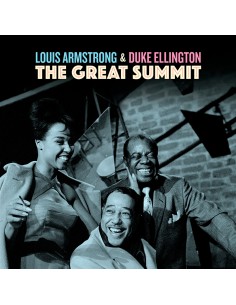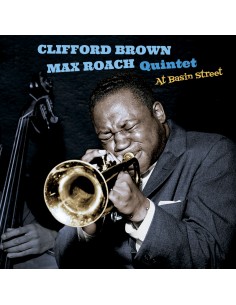Sketches of Spain
Miles Davis20-PAGE BOOKLET EDITION
INCLUDES 4 BONUS TRACKS
INCLUDES NEW SPECIALLY PREPARED LINER NOTES BY PENGUIN GUIDE TO JAZZ'S WRITER BRIAN MORTON AND BY PARIS'S PRESTIGIOUS JAZZ MAGAZINE
“Late in his life, Miles Davis recorded soundtrack music for a not-very-good film called Siesta. Most of the music was written by bassist and collaborator Marcus Miller, but the spirit of the music was all Miles Davis. Critics immediately compared it, unfavorably, to Sketches of Spain, which since its release in 1960 has been one of the most widely distributed and popular of all jazz records. Even people who don’t collect jazz records tend to have a copy tucked away somewhere.”- Penguin Guide to Jazz
“Although this is just one record in the career of a trumpeter who was in perpetual stylistic metamorphosis and was ever reluctant to take a nostalgic look into the past, Sketches of Spain remains, and rightly so, one of the jewels of Miles Davis’ discography.” - Jazz Magazine
PERSONNEL:
MILES DAVIS, trumpet & flugelhorn
Orchestra arranged and conducted by GIL EVANS
New York, November 1959/March 1960.
TRACKS:
01 CONCIERTO DE ARANJUEZ
02 WILL O’ THE WISP
03 THE PAN PIPER
04 SAETA
05 SOLEA
06 THE MAIDS OF CADIZ (*)
07 BLUES FOR PABLO (*)
08 SPRING IS HERE (*)
09 CONCIERTO DE ARANJUEZ [live version] (*)
(*) BONUS TRACKS
TOTAL TIME: 71:30 min.
- Format
- CD
- Discs
- 1
- Label code
- 170053
 Cookie preferences
Cookie preferences























































